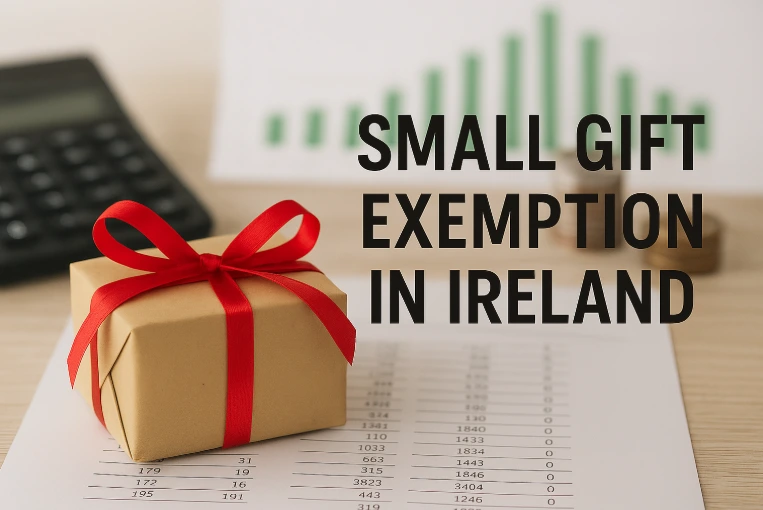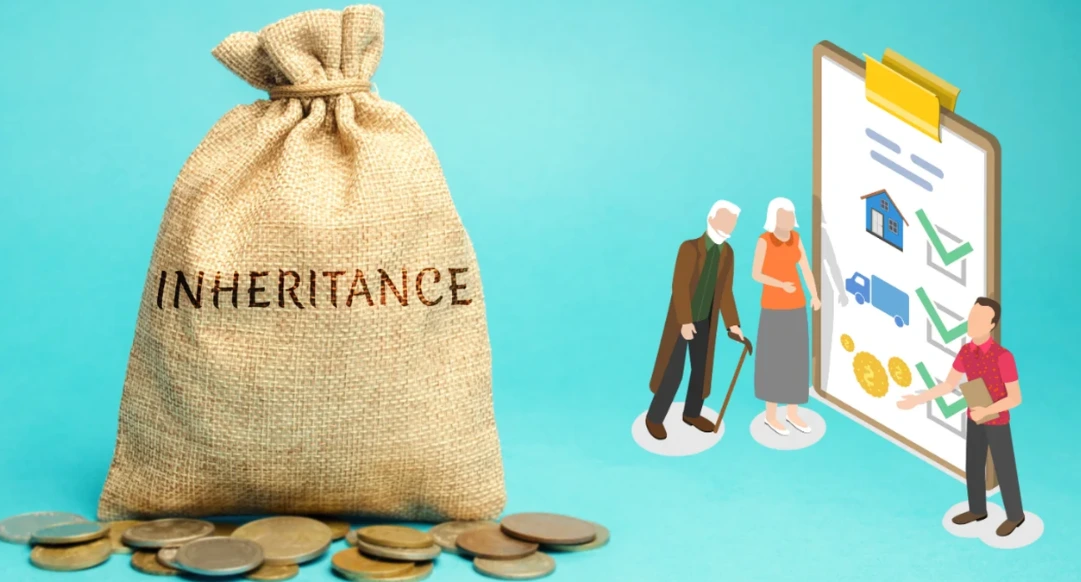Are you curious about how to invest in property and generate passive income? A buy-to-let mortgage might be the key you’re looking for. This financial tool enables you to purchase a property for rental purposes, opening up exciting opportunities in real estate. But what does it all mean? If you’ve been wondering whether this is the right investment strategy for you, you’re not alone. With so many options out there, understanding the ins and outs of a buy-to-let mortgage can feel overwhelming. Fear not!
In this guide, we’ll break down everything from eligibility criteria to tips on managing your new rental property effectively. Get ready to dive into the world of buy-to-let mortgages and discover if it’s time for you to become a landlord!
What is a Buy-To-Let Mortgage?
A buy-to-let mortgage is a financial product designed for individuals looking to invest in rental properties. Unlike traditional residential mortgages, these loans cater specifically to landlords aiming to generate income through property leasing.
With this type of mortgage, the borrower can purchase a property solely for rental purposes. Lenders analyse both potential rental income and the borrower’s financial stability when assessing applications. This makes it crucial for investors to demonstrate their capability in managing investment properties.
The market has seen an increase in demand for buy-to-let mortgages as more people seek passive income streams through real estate investments. The appeal lies not only in generating monthly rent but also in the long-term appreciation of property value.
How Do Buy-To-Let Mortgages Work?
Buy-to-Let Mortgages vs. Residential Loans
Buy-to-let mortgages function differently from standard residential loans. They are specifically designed for investors purchasing property to rent it out. Typically, the borrower must provide a larger deposit—often around 25% of the property value.
Rental Income Assessment
Lenders assess rental income potential rather than just personal earnings. Most require that the anticipated rent covers at least 125% of the monthly mortgage payments. This ensures you can manage costs even if vacancies arise.
Interest Rates and Flexibility
Interest rates on buy-to-let mortgages may be higher due to the perceived risks involved in investment properties. Fixed or variable rate options are available, allowing flexibility based on market conditions.
Eligibility Criteria
Approval hinges not only on creditworthiness but also on your experience as a landlord and your financial portfolio. Some lenders offer products tailored for first-time buyers stepping into the buy-to-let arena without prior ownership experience.
Advantages of Buy-To-Let Mortgage
A buy-to-let mortgage offers a pathway to generating income through property investment.
Rental Income Potential
One of the key advantages is the potential for rental income. This can provide a steady cash flow, especially in high-demand areas.
Capital Appreciation
Another benefit lies in capital appreciation. As property values increase over time, your initial investment could yield significant returns upon selling.
Tax Relief Benefits
Tax relief options are another attractive feature. Landlords may be eligible for various deductions on expenses related to their properties, which can enhance profitability.
Portfolio Diversification
Additionally, investing in real estate helps diversify an investment portfolio. Unlike stocks or bonds, tangible assets like property often offer stability against market fluctuations.
Greater Financial Control
Owning rental properties allows you more control over your financial future compared to traditional savings accounts or pension plans that rely on external management.
Eligibility Criteria for Buy-To-Let Mortgage
To qualify for a buy-to-let mortgage, lenders typically assess several key criteria.
- First, applicants usually need to demonstrate a solid credit history. A good credit score can significantly enhance your chances of approval.
- Income plays a pivotal role as well. Most lenders require that the rental income covers at least 125% to 145% of the mortgage payments. This ensures you can manage costs even if the property is temporarily vacant.
- Your existing financial commitments are also evaluated. Lenders want assurance that you have enough disposable income to handle potential risks associated with property investment.
- Additionally, many institutions set an age limit for applicants; generally, you should be at least 21 and under 70 or 75 years old by maturity.
- Some lenders may impose minimum deposit requirements—often around 25%, but this varies based on individual circumstances and market conditions. Your location may influence these terms too!
Factors to Consider Before Applying for a Buy-To-Let Mortgage
- Assess the rental market – Research property prices, average rents, and demand in your chosen area to determine profitability.
- Evaluate your finances – Consider deposit, mortgage repayments, and ongoing costs like maintenance, insurance, and management fees.
- Identify your target tenants – Decide whether you want to rent to students, families, or short-term renters, keeping in mind their specific needs.
- Compare mortgage options – Review interest rates and terms from different lenders, as these affect monthly repayments and long-term returns.
- Understand tax implications – Learn about taxes on rental income and relevant legislation to calculate your net profit accurately.
Speak with the specialists at Money Maximising Advisors to unlock smarter buy-to-let mortgage options and grow your property portfolio.
Tips for Successfully Managing a Buy-To-Let Property
Managing a buy-to-let property can be rewarding, but it requires diligence and attention to detail.
- Start by understanding your legal obligations as a landlord. Familiarise yourself with tenant rights and property regulations.
- Effective communication is key. Be approachable for tenants while maintaining professional boundaries. This fosters a positive relationship that encourages timely rent payments.
- Regular maintenance is crucial in preserving the property’s value. Schedule routine inspections to identify issues early before they escalate into costly repairs.
- Consider using technology for efficiency. Property management software can help track finances, manage leases, and communicate with tenants seamlessly.
- Stay informed about market trends and rental demand in your area. Adapting your strategies based on current conditions can significantly enhance profitability over time.
How Much Will Your Buy to Let Mortgage Cost You?
The cost of a buy-to-let mortgage can vary significantly based on several factors. Interest rates play a crucial role, and they fluctuate between lenders. Generally, expect slightly higher rates compared to residential mortgages.
Another key factor is the deposit requirements. Most lenders ask for at least 20% of the property’s value as a down payment, though some may go up to 40%. This upfront cost impacts your overall investment budget.
Additionally, consider associated fees such as arrangement fees, valuation costs, and legal expenses. These can add up quickly and should be factored into your total expenditure.
Don’t forget about ongoing costs like property management fees or maintenance expenses that will affect your rental yield. Understanding all these elements ensures you’re well-prepared financially before diving into the buy-to-let market.
How Can You Get the Best Deals on a Buy-To-Let Mortgage?
- Start by researching various lenders. Each institution offers different rates and terms. Compare their offerings to understand what suits your needs.
- Consider approaching a mortgage broker specialising in buy-to-let properties. They have access to exclusive deals that may not be available directly from lenders.
- Boost your credit score before applying; a higher score often leads to better interest rates. Pay down existing debts and ensure all payments are made on time.
- Also, think about the size of your deposit. A larger upfront payment can significantly lower your monthly repayments and result in more favourable terms from lenders.
- Keep an eye on market trends; timing can influence interest rates dramatically. Staying informed allows you to secure the best possible deal for your investment property.
FAQ’S
Q1. What is the minimum deposit required for a buy-to-let mortgage?
Most lenders require around 25% of the property value as a deposit, although this may vary depending on the lender and your financial profile.
Q2. Are buy-to-let mortgage interest rates higher than standard mortgages?
Yes. Buy-to-let mortgage rates are generally higher than residential mortgage rates due to the perceived risks involved. It’s important to compare offers from multiple lenders to secure the best deal.
Q3. What are the typical eligibility criteria for a buy-to-let mortgage?
You’ll usually need a stable income, good credit history, and sometimes meet requirements related to your age or prior experience in property management.
Q4. Can first-time buyers get a buy-to-let mortgage?
Yes, there are specific options for first-time investors. While the criteria may be stricter, many lenders do provide buy-to-let mortgage products for beginners.
Q5. What tax considerations should landlords keep in mind?
Landlords should account for taxes on rental income and potential capital gains tax when selling the property. Understanding tax implications is vital for calculating your true profit.
Conclusion
Navigating the realm of buy-to-let mortgages can seem daunting, but understanding the essentials can make it more manageable. This type of mortgage is not just a financial commitment; it’s an investment opportunity that opens doors for generating additional income through rental properties.
For those entering the property market or expanding their portfolio, knowing how to secure favourable rates from lenders is crucial. With careful planning and research into various options available—including interest rates tailored for buy-to-let investments—investors can maximise their returns while minimising costs.
Managing a buy-to-let property also requires ongoing attention and dedication. Successful landlords understand that maintaining relationships with tenants, keeping up with property management responsibilities, and staying updated on market trends contribute significantly to long-term success.
Not sure if you qualify? Let Money Maximising Advisors assess your situation and create a strategy that maximises your rental returns.
related articles [Click now 👇]
- How does Equity in a Mortgage Work?
- Can you Release Equity on a Buy to Let Mortgage in Ireland?
- A Guide to Understanding Mortgages in Ireland
- Can You Do an Equity Release with a Mortgage in Ireland?
- Private vs. Public Sector Mortgages: Key Differences and Benefits
- Why Consider a Public Sector Mortgage for Your Next Property Purchase?
- Mortgages, Home Loans, and Housing Finance in Cork, Ireland
- First-Time Buyer Mortgages for Public Sector Workers: A Complete Guide
- Can you get a Buy-To-Let Mortgage in Ireland?




